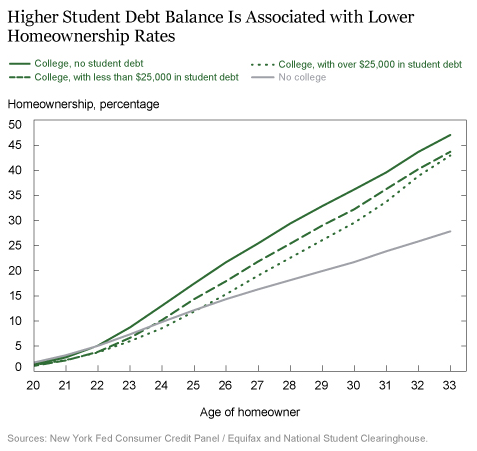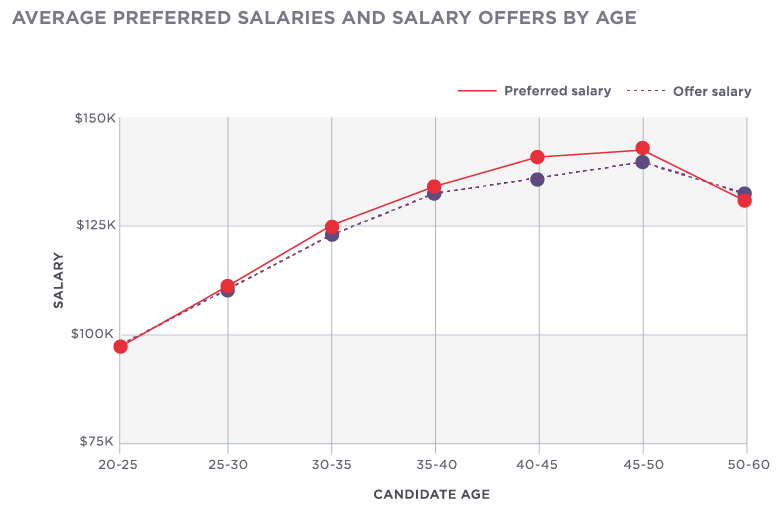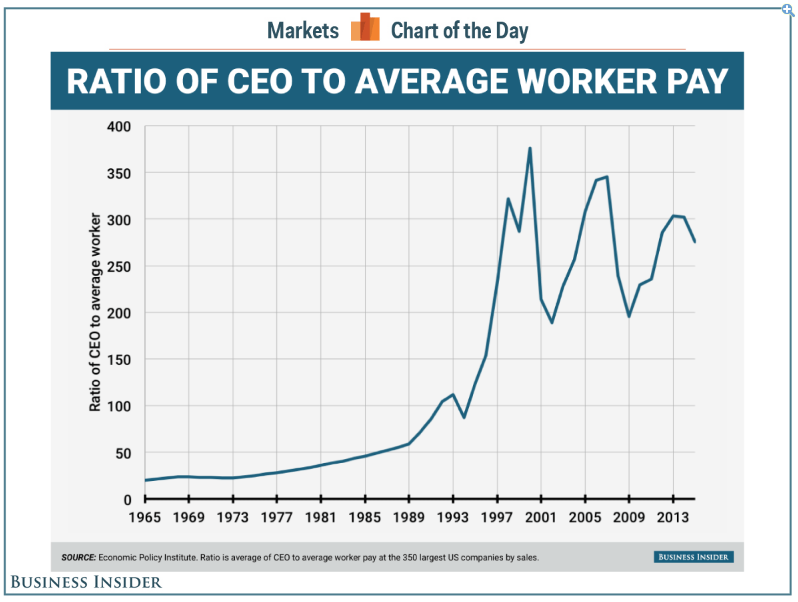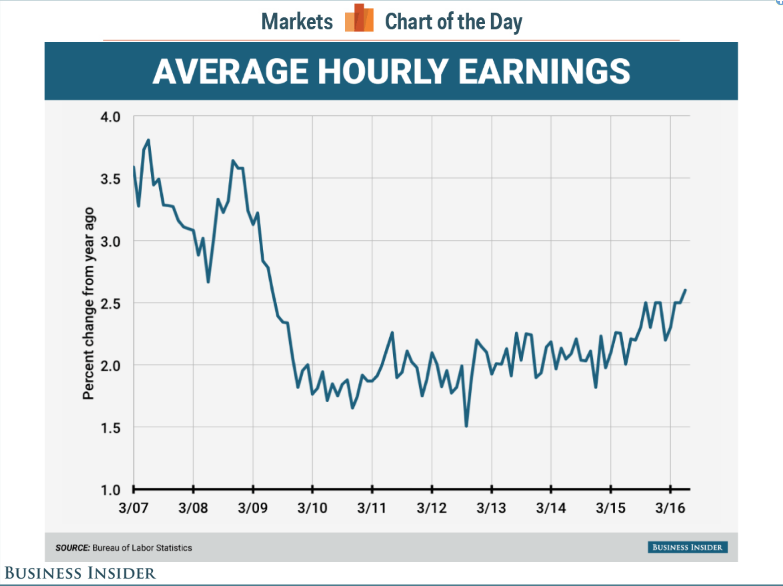So, a ton of our HR peers around the country in states like California, Massachusetts, New York City, etc. are trying to figure out new laws that ban hiring managers from asking candidates about their salary history. Forever, this has been commonplace.
It might still be in your workplace, as this isn’t federal law, yet, most managers use the salary history question as a screener to understand if they can ‘afford’ a person, or if they can negotiate and get the company a better deal. There are major problems with this practice, and it’s why many states have put in place laws to remove the practice.
Amazon is one of a growing list of companies that voluntarily decided to stop asking candidates about salary history.
From Quartz:
Amazon has promised to hire at least 100,000 new employees in the US this year. And it won’t ask any of them about their prior job history.
According to a report in Buzzfeed yesterday (Jan. 17), Amazon is pledging to do voluntarily what many companies are now being forced to do by law: bar its US hiring managers from asking job candidates their prior salary.
The policy is an attempt to help correct a gender pay gap that’s perpetuated when starting salaries are based on previously low salaries. On Jan. 1, California became the largest state in the US to institute a law barring the practice, joining Massachusetts, New York City, and other states and cities with similar laws.
But there’s reason to believe the law could backfire, and end up punishing women. That’s because taking information away from employers doesn’t make them stop caring about the information, said Jennifer Doleac, an economist at the University of Virginia.
When employers can’t ask about salary history, they’ll make assumptions based on what they think they know, Doleac said. “When we make them guess, it hurts the best applicants in the groups we’re caring about, because we have no way to distinguish them, and they get grouped together with the rest…
…If women were well paid in their previous jobs, and are offered a lower salary at their new place of work, they’ll be forced to negotiate for the wage they already had, Doleac said. For women who can’t prove they earned more, or are unwilling to haggle, they’ll get less, she said. And low-paid women will be in the same position as they were before the laws were passed.
“We know women don’t negotiate, even when it would be really easy for them to push back,” she said, referring to prior research. “Putting that extra hoop there for them to jump through is going to hurt.”
Fix one problem, create another that might actually have a negative impact on the ones the law was created to help.




